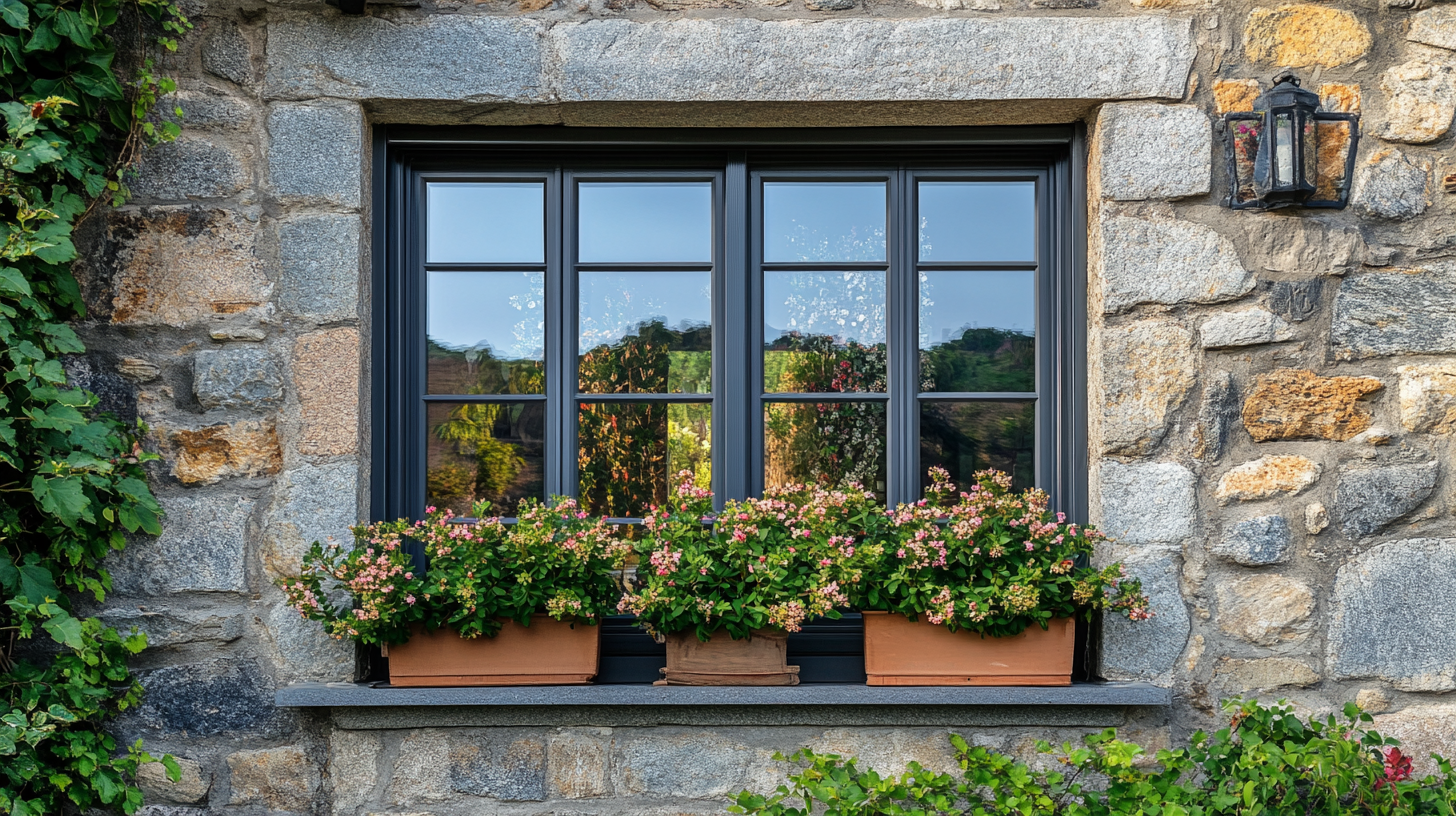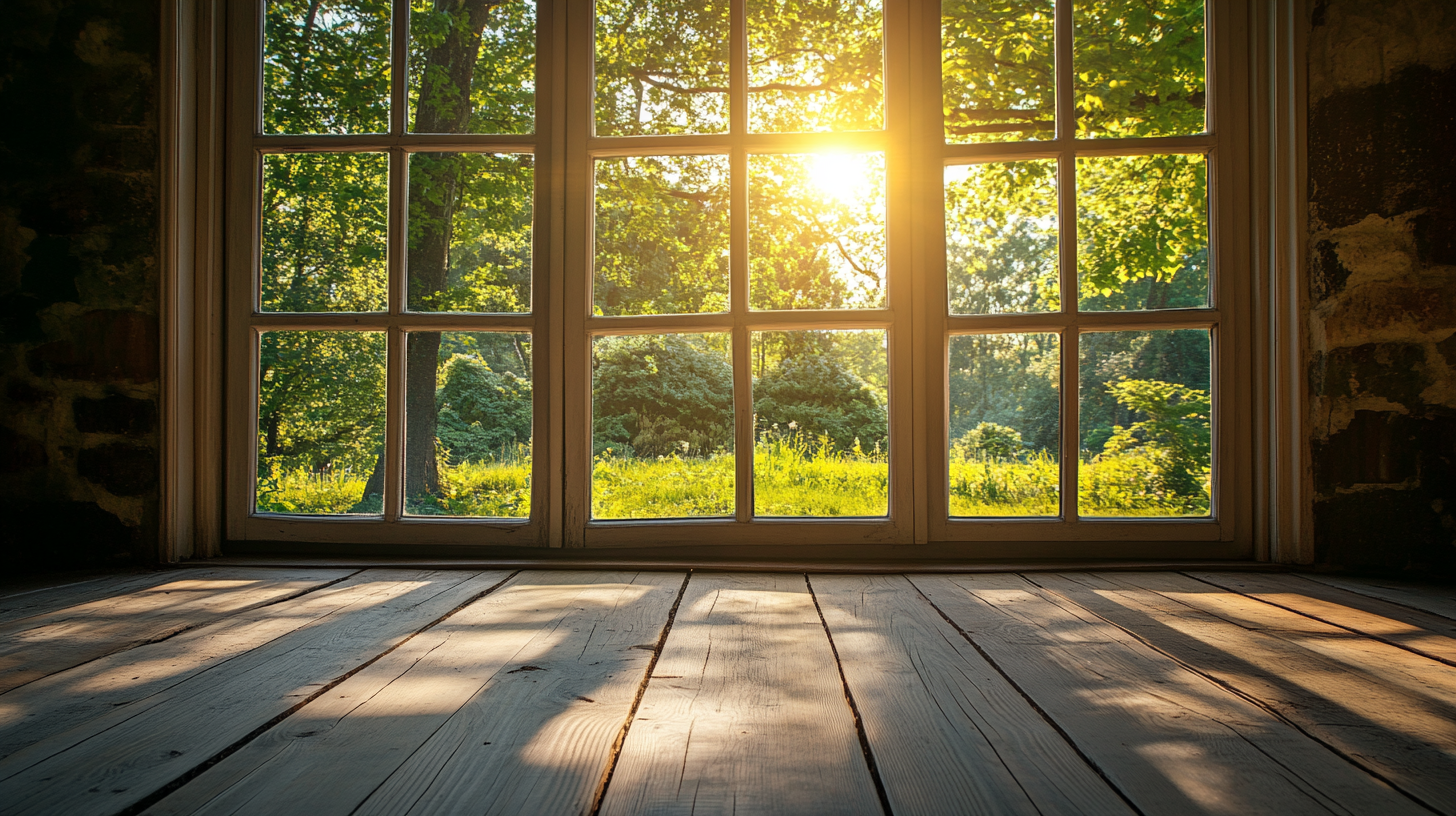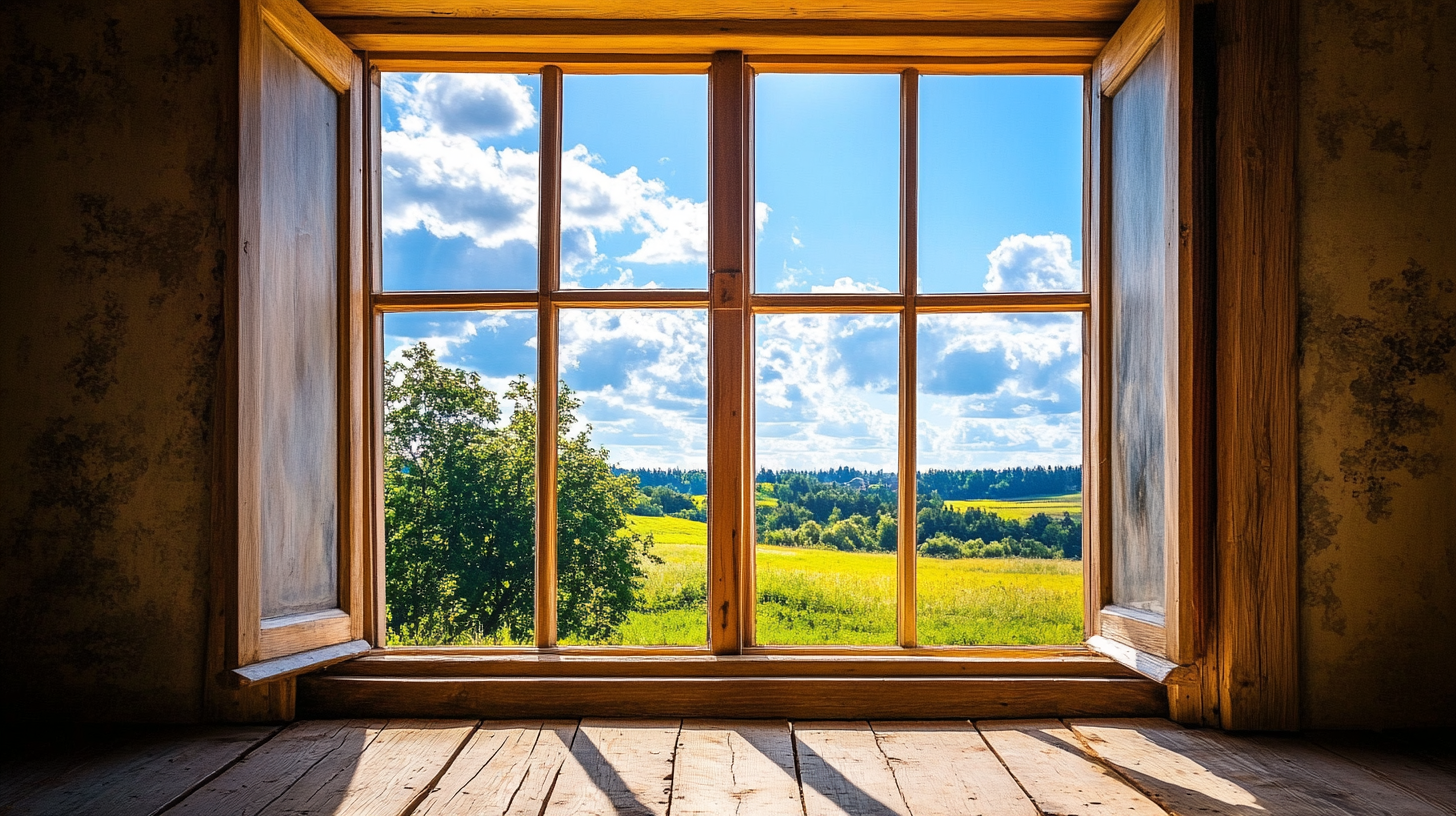Unlocking the Secrets to Choosing the Perfect Home Windows for Your Needs
When it comes to enhancing the aesthetic and functional appeal of your home, selecting the right home windows is crucial. The windows not only serve as a vital entry point for natural light but also play an essential role in energy efficiency, security, and insulation. However, with a myriad of options available in terms of styles, materials, and technologies, homeowners may often feel overwhelmed by the decision-making process. This blog aims to unlock the secrets to choosing the perfect home windows tailored to your specific needs and preferences. By understanding the various factors to consider—such as climate, design, and budget—you'll be equipped to make informed choices that not only elevate the beauty of your home but also contribute to its overall functionality and sustainability.

Understanding Different Window Types and Their Benefits for Your Home
When choosing the perfect home windows, understanding the different types available and their unique benefits can greatly enhance your living space and energy efficiency. For instance, double-hung windows offer versatility and easy maintenance, making them ideal for homes in regions with fluctuating weather. Their ability to open from either the top or bottom allows for better ventilation and light control, while providing an unobstructed view of the outdoors.
Another excellent option is casement windows, which are hinged on one side and open outward. This design not only maximizes airflow but also provides a seamless aesthetic that many homeowners find appealing. Casement windows are particularly energy-efficient, as their tight seal reduces air leaks, ultimately lowering heating and cooling costs. Additionally, sliding windows are perfect for modern homes, as they provide a sleek look and quick access to fresh air while ensuring a panoramic view.
Consider also the material when selecting windows. Vinyl, wood, and fiberglass each come with distinct advantages—vinyl is durable and low maintenance, wood offers classic beauty, and fiberglass provides excellent insulation. By evaluating your specific needs and preferences in terms of style, functionality, and energy efficiency, you can make an informed decision and invest in windows that enhance your home's comfort and value.
Unlocking the Secrets to Choosing the Perfect Home Windows for Your Needs
| Window Type | Benefits | Ideal For |
|---|---|---|
| Double-Hung Windows | Easy to clean, great ventilation | Traditional homes, versatility |
| Casement Windows | Excellent ventilation, unobstructed views | Modern homes, hard-to-reach areas |
| Sliding Windows | Space-saving, easy to operate | Small spaces, contemporary styles |
| Bay Windows | Create a sense of space and light | Living rooms, enhancing views |
| Picture Windows | Maximize natural light, panoramic views | Living areas, scenic views |
Evaluating Energy Efficiency Ratings: What Low-E and U-Factor Mean
When selecting the perfect windows for your home, understanding energy efficiency ratings is crucial. Two key metrics that play a significant role in evaluating window performance are the Low-E coating and the U-Factor. Low-E, or low emissivity, coatings are microscopically thin layers that reflect infrared light while allowing visible light to enter. This feature helps maintain interior temperatures, minimizing the need for heating in the winter and cooling in the summer, ultimately reducing energy bills.
On the other hand, the U-Factor measures the rate of heat transfer through a window. A lower U-Factor indicates better insulation and energy efficiency. Typically, windows with a U-Factor of 0.30 or lower are considered to be energy-efficient options. When choosing your windows, look for those that combine a Low-E coating with a low U-Factor for optimal performance. This combination not only enhances comfort within your home but also contributes to a greener environment by decreasing energy consumption.

Choosing the Right Frame Material: Wood, Vinyl, or Aluminum?
When selecting the perfect windows for your home, the choice of frame material is crucial. Each option—wood, vinyl, and aluminum—offers distinct benefits and considerations that can significantly affect both aesthetics and functionality.
Wood windows are often celebrated for their natural beauty and excellent insulation properties. They can be painted or stained to match your home’s interior and exterior, making them a versatile choice. However, wood requires regular maintenance to prevent issues like rot and warping, which might not be ideal for homeowners seeking a low-maintenance solution.
Vinyl windows provide a durable and energy-efficient alternative. They are resistant to fading, peeling, and cracking, making them a popular choice for homeowners who want a maintenance-free option. Available in various colors and styles, vinyl frames can enhance the curb appeal of any home. However, they may not offer the same classic look as wood. On the other hand, aluminum frames are known for their strength and longevity. They are lightweight and can be manufactured in slim profiles, allowing for larger panes of glass. While they are less energy-efficient than wood and vinyl options, advancements in technology have improved their thermal performance.
Ultimately, the best choice depends on your priorities, whether that’s aesthetics, maintenance, or energy efficiency.
Choosing the Right Frame Material for Home Windows
This chart represents the preferred materials used for window frames based on homeowner preferences.
Impact of Proper Installation on Window Longevity and Performance
When it comes to selecting the perfect home windows, the installation process is just as crucial as the choice of window type. Proper installation can significantly enhance the longevity and performance of windows. According to respondents from a recent BD+C survey, the four most important factors in window and door selection were energy/thermal performance, durability and reliability, weather resistance, and ease of maintenance. These factors not only affect immediate aesthetics but also influence long-term functionality and energy savings.
Research underscores that high-performance windows can lead to significant reductions in heating and cooling costs, with some estimates suggesting savings of up to 30%. Additionally, windows that are improperly installed can lead to issues such as air leaks, water infiltration, and reduced energy efficiency, shortening their lifespan considerably. Investing in professional installation ensures that windows perform optimally, providing a barrier against the elements and enhancing overall home comfort and safety. This highlights the importance of considering both window selection and the expertise of the installers to achieve the best results for your home.
Impact of Proper Installation on Window Longevity and Performance
Cost-Effective Strategies for Window Replacement and Installation Planning
When it comes to window replacement, planning is crucial for a cost-effective strategy. One effective approach is to assess your needs and budget before diving into the installation process. Start by evaluating the current windows in your home—consider their condition, energy efficiency, and aesthetic appeal. This assessment will help you determine whether a partial replacement, like swapping out a few bad windows, is adequate or if a full window overhaul is necessary.
Next, research various window materials and styles that fit your budget and complement your home’s architecture. Vinyl, wood, and aluminum each have unique benefits and price points. Additionally, take advantage of seasonal sales and promotions from manufacturers or local contractors. Timing your purchase can significantly reduce installation costs. It’s also wise to solicit quotes from multiple contractors, ensuring you compare both prices and services before making a decision. By strategically planning your window replacement, you can enhance your home's value and comfort without overspending.

